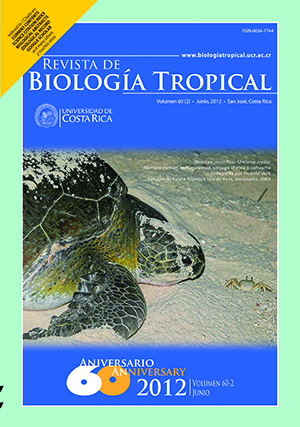Abstract
New impoundments provide opportunities to check whether species that present enough feeding flexibility in natural conditions may take advantage of this situation and, without reproductive restriction, can occupy the most conspicuous habitat in a large reservoir (open areas) and present higher success in the colonization of the new environment. We examined variations in the abundance and feeding of A. osteomystax in two environments, one natural (Sinhá Mariana floodplain lake) and one dammed (Manso Reservoir), during two periods: the first year after the filling phase and three years later. Our goal was to evaluate the occupation of the new habitat (Manso Reservoir), by this species, as well as to test the hypothesis that in the reservoir, unlike the natural environment, there are remarkable changes in diet between the periods. Fish were sampled monthly in the floodplain lake and in the reservoir during two annual periods using gillnets. To evaluate the differences in abundance of A. osteomystax we employed the Kruskal -Wallis test, and the diet analysis was carried out using frequency of occurrence and volumetric methods. Temporal differences in the diet were tested by Kruskal-Wallis test using the scores from a detrended correspondence analysis. A. osteomystax was significantly more abundant in the floodplain lake, where the captures were higher than in the reservoir in almost all months analyzed, and significant variations in abundance between the two periods were not recorded in either the reservoir or the floodplain lake. The diet variation between the two periods, which had a time lag of three years between them, was much less pronounced in the natural environment, where the resource availability is essentially regulated by seasonality. Thus, our hypothesis was accepted; that is, the interannual variations in the diet of A. osteomystax are more relevant in an artificial environment than in a natural one.##plugins.facebook.comentarios##

This work is licensed under a Creative Commons Attribution 4.0 International License.
Copyright (c) 2012 Revista de Biología Tropical
Downloads
Download data is not yet available.






